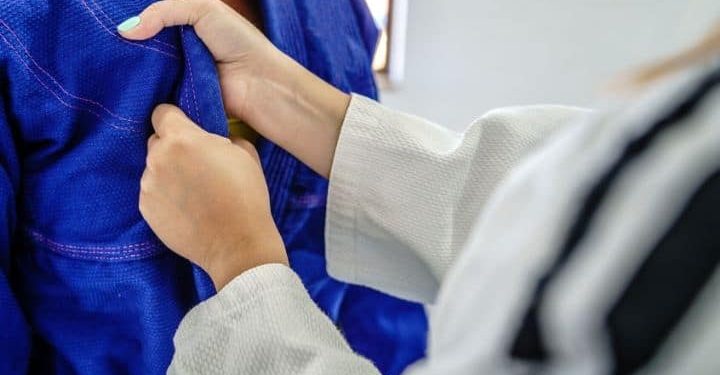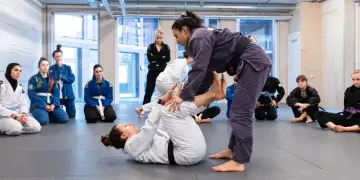Grip Strength is one of the most basic advantages one grappler can have over another and it’s often the case that the work that trains your gripping ability can be done either at home or at work. Whether you train primarily in the gi or out of it, gripping is still of the utmost importance. In the gi, there’s a variety of grips used depending on the technique you’re using or the position you’re in whereas no gi tends to focus primarily on the basic cupping-motion grip. Regardless, each grip uses the same primary muscles in the forearms and hand, with some small adjustments in the finger configuration in the gi. here are the best ways to get the most out of those muscles:
Training Grip Endurance
Skipping isn’t the first thing that comes to mind when you talk about grip strength but when done for extended periods of time, it really starts to work the forearms. The advantage of this method is that it’s primarily cardio-focused so rather than working on the force that you can grip with, it helps work the length of time that you can hold said grip. Of course, there’s the secondary benefit that skipping is a fantastic overall cardio workout done by the majority of combat sports athletes. It can be done as a warmup prior to a BJJ class, or even as a great early-morning exercise all on it’s own and once you start reaching the 20 to 30 minute mark, you’ll be burning a ton of calories to match.
Click here to see High-Speed Skipping Ropes.
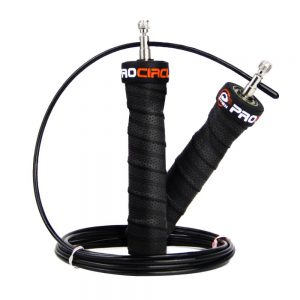
Training Grip Strength
Adjustable Grip Trainers are the best way to improve your grip strength over a long time-frame. The reason being that it allows you to increase the resistance as time goes on, rather than having to buy several different grip trainers with different tension loads. With the ability to change the resistance from 10kg to 40kg, even the most seasoned BJJ competitor should have room for improvement. The compact nature of grip trainers also means that they can be used absent-mindedly when working in certain job roles, or while sat at home watching TV. This is also where the entirety of the gripping muscle group is worked as well, including the fingers, hands and forearms.
Click here to see Adjustable Grip Trainers.
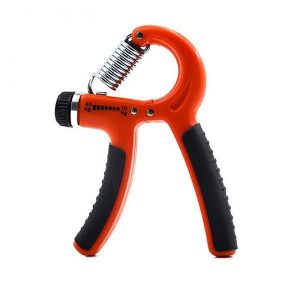
Training The Opposing Muscles
Probably the most neglected aspect of grip training is improving the extending muscles, as opposed to the flexing muscles. This is because it’s pretty counter-intuitive to train the muscle that does the opposite of what you’re trying to improve. The real benefit with training the extending muscles comes in injury prevention, something that’s also sorely neglected in many grapplers. BJJ is a sport that focuses heavily on gripping already and even moreso if you’re doing the above two methods of improving your grip strength and endurance. That’s why it’s vital to improve your extending ability at the same rate, avoiding a muscle imbalance and giving yourself the best chance to stay on the mats as much as possible.
Click here to see Grip Ring and Finger Band Sets.
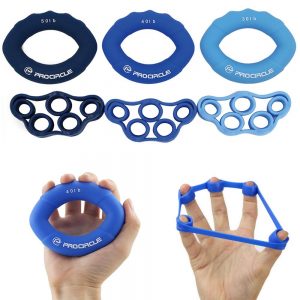
This article is sponsored by the Jits Shop, click here to visit and use the code JITSMAG for 10% off.


